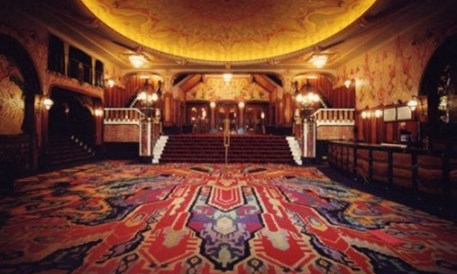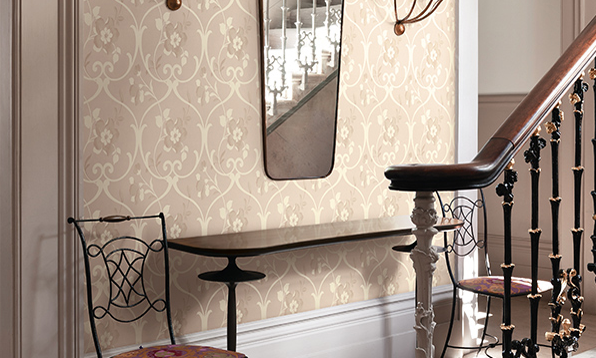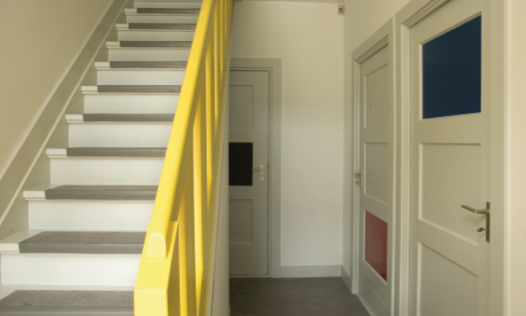Art Deco & Amsterdam School
Expressionist, dramaticand curvy lines, sharp angles and exuberant, decorative elements; these are some characteristics of the Amsterdam School style. This remarkable and bold style manifested itself between 1910 and 1940 and it was the source of inspiration behind this collection of lamps. A remarkable stylistic feature of the Amsterdam School style is the attention to the creativity of traditional craftsmanship. During the Roaring Twenties, this artistic movement had its glory days. The Amsterdam School is also seen as the Dutch Art Deco, but the movement also had international influence. World famous examples of Amsterdam School architecture are, among others, the Scheepvaarthuis, also known as the Grand Hotel Amrâth these days, by architect Jan van der Meij, The Ship by Michel de Klerk and the building of Dutch department store De Bijenkorf in The Hague by Piet Kramer. The most spectacular interior designs were created by, among others, Jaap Gidding, Piet Kramer, Hildo Krop and Marie Kuyken. The Amsterdam School collection of lamps has been based on original shapes. In this collection, you will find many stepped glass lampshades, glass lampshades with ridges, whimsically-shaped glass lampshades and lampshades with a curved shape, like a parabola.
Interiors: from expressionist..

Picture provided by Theatre Tuschinski
Jugendstil & Art Nouveau
In the collection of Art Deco lamps there is also a lot of room for natural shapes. These nostalgic lamps go perfectly with the Art Nouveau or Jugendstil style. Nature was the biggest source of inspiration to Art Nouveau designers. The flora and fauna inspired them to design applied arts with whimsical, lively lines. A few famous Art Nouveau designers were Victor Horta, Henry van de Velde and Emile Gallé. Besides the more famous curvilinear or decorative Art Nouveau style, there was also an influenctial geometrical Jugendstil movement. These artists were more focussed on sleek lines and mathematical motifs. The most famous movement is the Wiener Secession or Wiener Werkstätte to which, among others, Gustav Klimt, Josef Hoffmann and Otto Wagner belonged. In Great Britain the Jugendstil movement was represented by Charles Rennie Mackintosh, who brought his own form of Art Nouveau (the ‘Glasgow Style’ or ‘New Art’) to the public’s attention. Organic forms that can be seen in our collection of lamps are the acorn, mushroom, teardrop, stylised flowers and many other organically-shaped lamps.
To frivolous..

Gispen & Bauhaus
Art Deco lamps are often referred to as Gispen lamps. The world-famous Gispen lamps, designed by W.H. Gispen (1890-1981), have been in production since 1926 and they have become true design classics. Gispen developed from a jewellery artist to a functional designer at his own Gispen factory. In the Twenties, products became sleeker, more business-like and functional. The extensive serial production of lamps started in 1926. These light fixtures, with their opal ‘glass balloons’ were innovative seeing they met the demands of light techniques, economics and aesthetics. It was around the same time that the Bauhaus lamps came onto the market and Gispen started mirror them to complete his designs. Standardising the designs also meant that combining mutual parts was possible. To this day, the choices are diverse, so that there is a fitting Gispen lamp for every occasion. Art Deco Trade has an extensive collection of lamps that are based on original Gispen models. Gispen lamps and Bauhaus lamps are stylish, timeless and go perfectly with a retro interior or a vintage interior.
To sleek..

Picture provided by Huis van Zesse